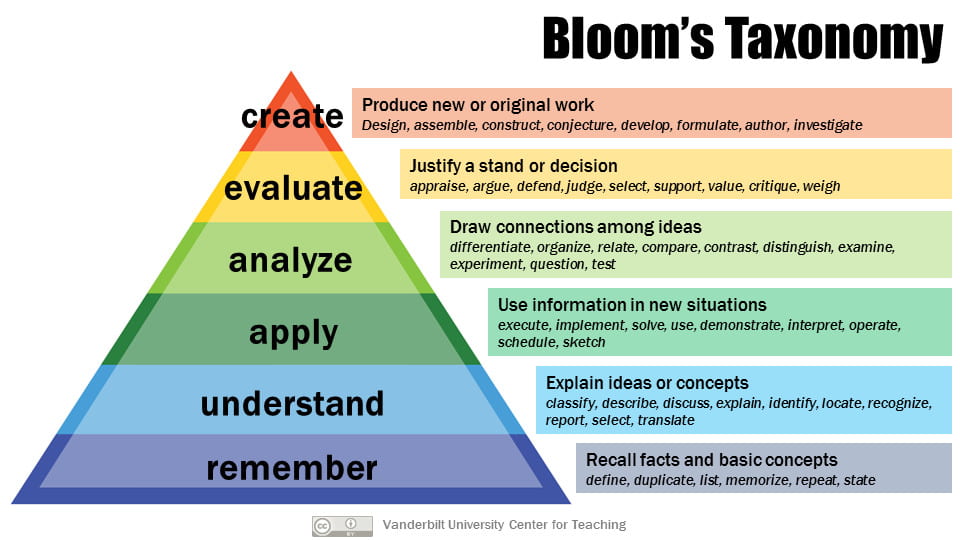This week, we’re covering some of the alternative medicine practices that emerged in the 19th century (and will eventually decline, evolve and reemerge as contemporary CAM methods).
While you’re reading, I want you to reflect on the alternative healing systems as a whole — how do they each define health and healing? How do they understand the cause of illness and disease? What does healing involve? How do they define “natural” and “drugs”?
I also want you to keep in mind the methods and values that define the alternative healing systems of the 1800’s and how they translate within the context of the Holistic Health Movement described in Baer’s Introduction chapter (Week 1).
What trends and approaches covered in these chapters do you still see within the “wellness marketplace” and current pop-culture? (ex: focus on “natural”, patient focused, health responsibility on the individual, focus on prevention rather than curing, etc)
And finally, while we’ll explore this concept later in the Integrative Medicine text, alternative medicine systems that emerged during this time started to shift the responsibility of health and healing from the doctor to the individual patient. What, can you imagine, are some of the unintended consequences of shifting the responsibility of health and the blame of illness to the individual patient?
Reading Guide
Nature Cures: Every Man His Own Physician: Thomsonianism (pg 25-48)
-
- Whorton mentions the influence of Romantic philosophers in the early nineteeth century. What are these values and how are they reflected in the emergence of botanical medicine?
- What was the social context in which Thomsonian medicine arose? As a practice, who did it appeal to, and what was it resisting?
- How was Thomsonian medicine understand health, healing, and disease? How did regular medicine / allopathic doctors respond?
- What were the values of the Jacksonian-Era and how did Thomsonian medicine adapt / respond to these values?
Nature Cures: Dilutions of Grandeur: Homeopathy (pg 49-75)
-
- Describe Hahnemann’s process of “provings” and regular medicine’s reaction to it.
- Describe the homeopathic principle of “like cures likes” and its relation to healing.
- Describe the homeopathic principle of “infinitesimals” and its relation to healing.
- Why might homeopathy be considered “spiritual”?
- What does it mean when Hahnemann is described as a “vitalist”? What is the relationship between homeopathy and the concept of “vital force”?
- How did Hahnemann speculate that his healing system “worked”?
- Why was homeopathy so popular among its patients?
- How were the patients of homeopathy different (in population, demographics, etc), than Thomsonian patients? Why?
Nature Cures: Therapeutic Universalism: Naturopathy (pg 191-217)
Note: I had you skip over “Chapter 4, Physical Puritanism: Hygeiotherapy”, which lays out a lot of the foundations of Naturopathy — it’s a fascinating read, but this chapter covers vaccinations and vivisection, both of which are vital to understanding contemporary questions of alternative medicine and naturopathy. Just remember we’re missing a chapter and take a sixty-year leap in terms of socio-historical context.
-
- How does Naturopathy understand illness and disease?
- What is the role of the individual in regards to personal health and illness? What, can you imagine, are some of the unintended consequences of shifting responsibility of health and the blame of illness to the individual patient?
- What is the naturopathic approach to “drugs”?
- What does “Ideal Living” include, from the naturopathic perspective? What is its relationship to Protestant, Christian ideals?
- What is the role of the healer / doctor in the naturopathic approach?
- What is involved / included in the naturopathic healing regimen?
- Describe the relationship between naturopathy and the anti-vaccination movement? And the anti-vivisection / animal experimentation movement?
Vocabulary:
- Romanticism
- Jacksonian-Era
- Domestic medicine
- Folk medicine
- Vitalism
- Vital Force
- Dynamis
- Hydropathy
- Hygeiotherapy
- Grahamism
- Vivisection

